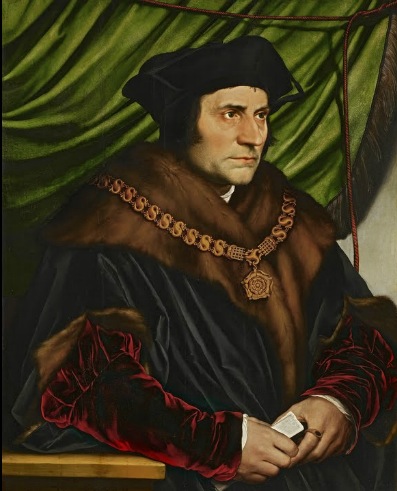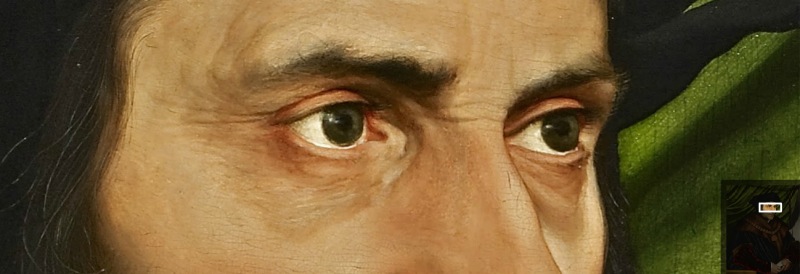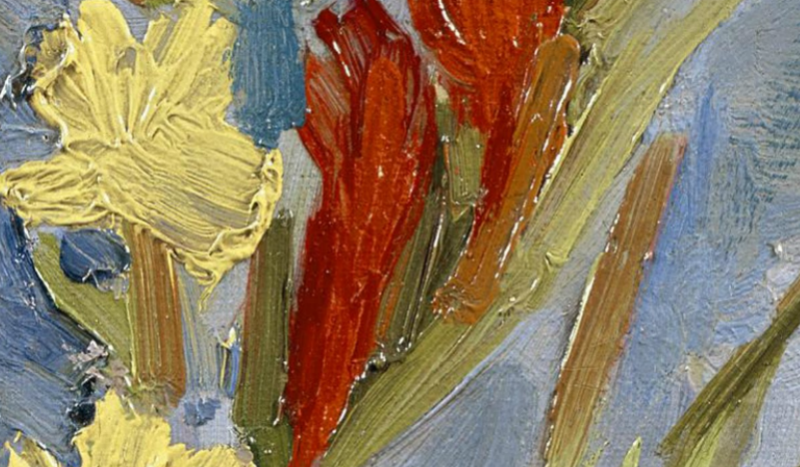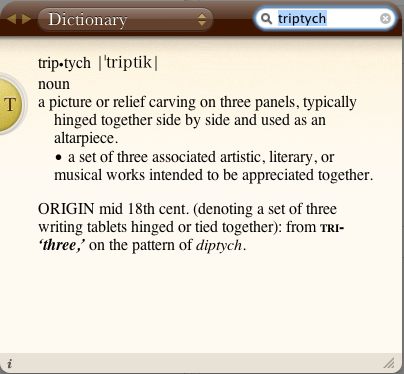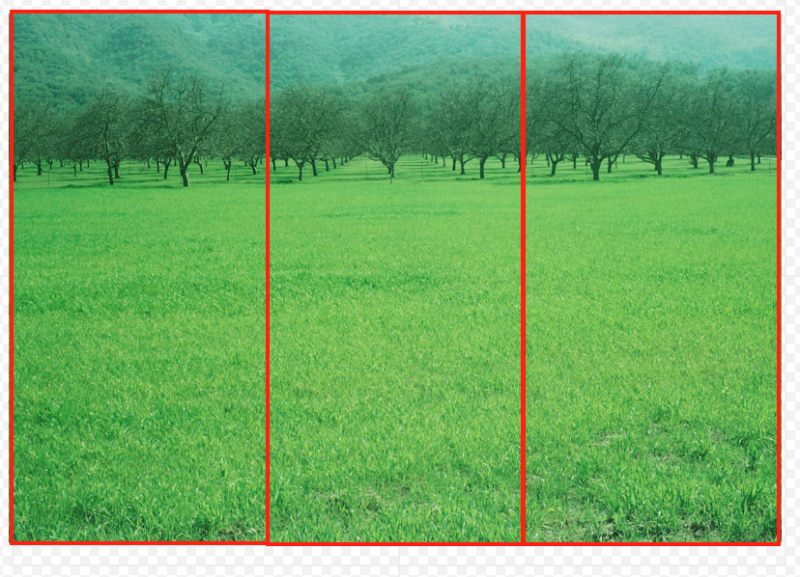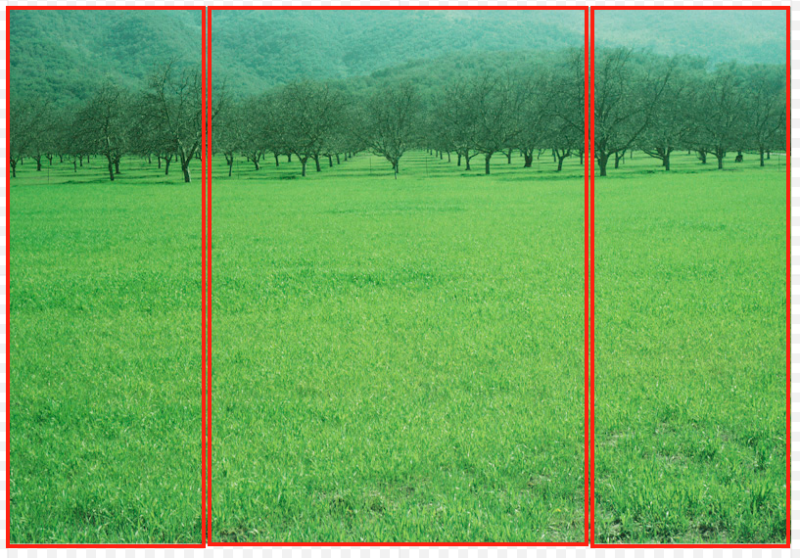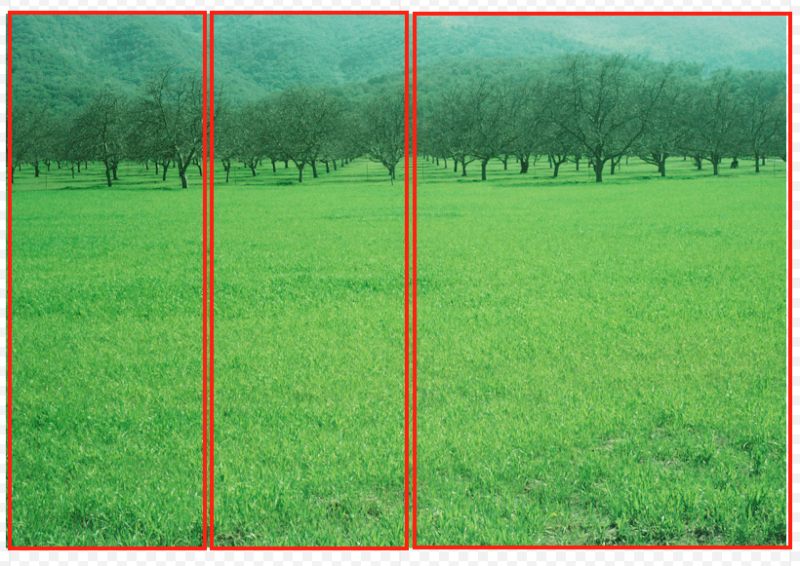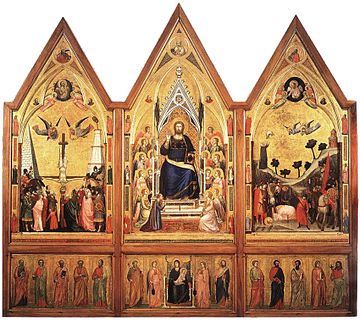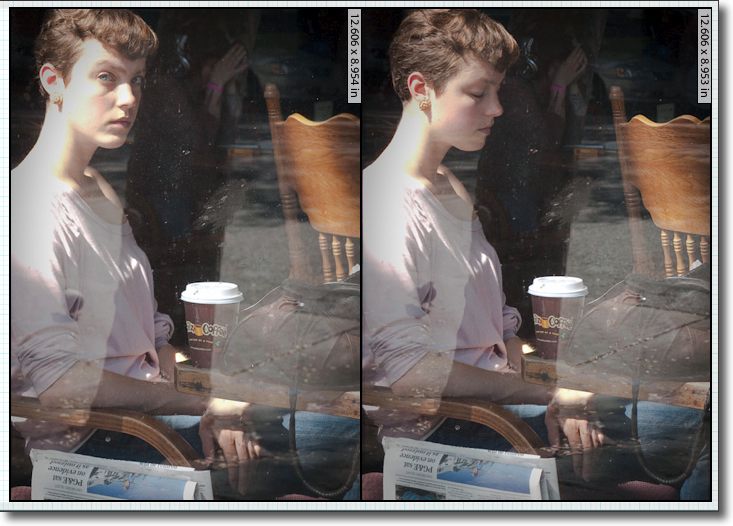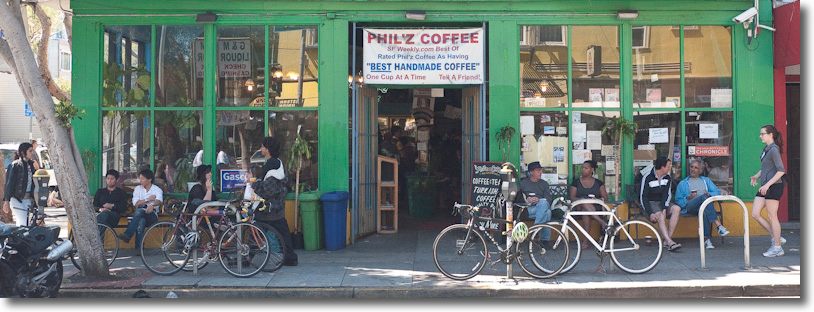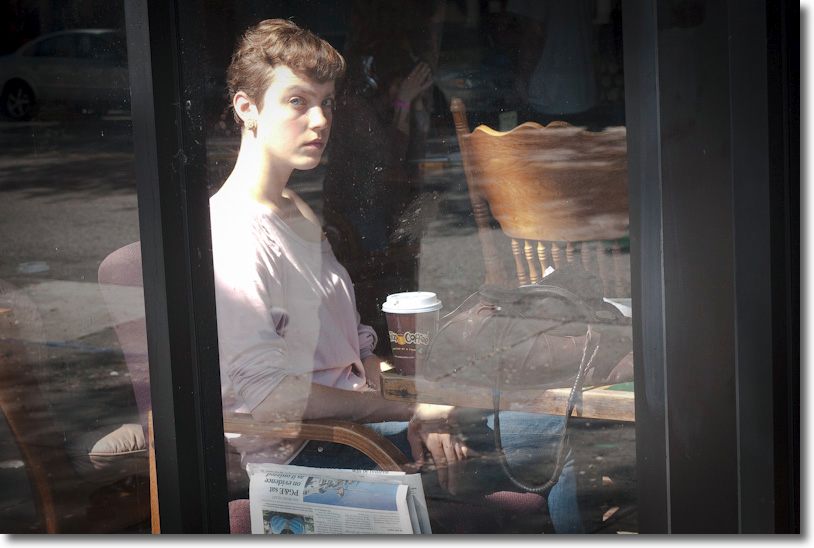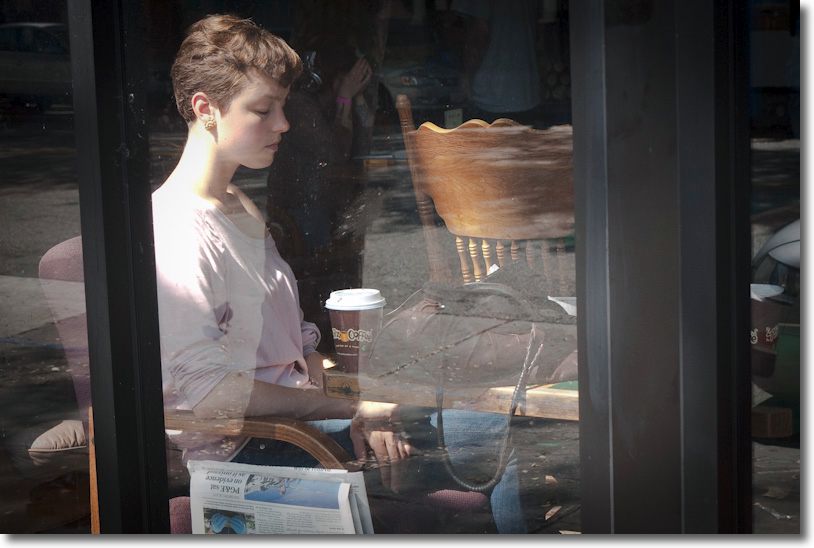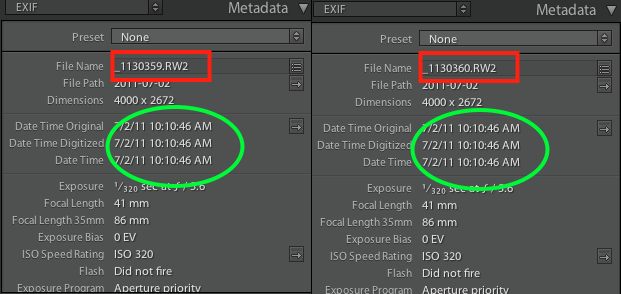Quite special.
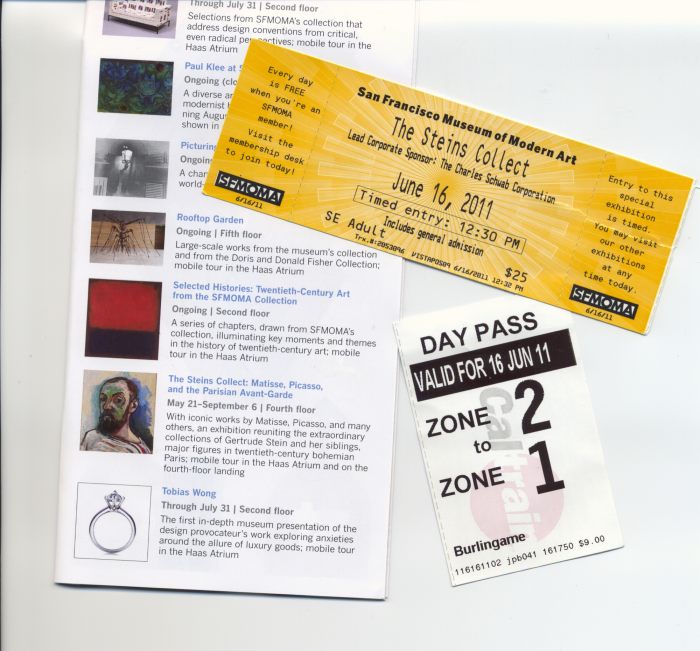
When it came to collecting early twentieth century modern art, none could outdo the Steins. Not only was their appetite voracious, their taste was also excellent. All of this is clearly on display in the show at SF MOMA which presents most of their collections, many of the canvases and sketches now spread all over the world. The fours Steins, author Gertrude and her two brothers and sister-in-law, left America for Paris just as Picasso and Matisse were rewriting the history books of art, and started buying much of these artists’ output around 1905. While the Steins were far from robber baron rich, they could afford to buy for the simple reason that canvases from these masters ran a few hundred francs a pop. Today, Picasso’s portrait of Gertrude would likely run to eight or nine digits, though I very much doubt its owner, the Metropolitan Museum of New York, is a seller.
The show is huge and exceptionally well curated. I’m no great fan of Matisse and Picasso, but confess that seeing the original sketches for ‘Les Demoiselles d’Avignon’ was enthralling. It’s one of the few mistakes Gertrude made – she bought the sketches but passed on the canvas, now largely recognized as being the dividing line between representative and cubist art. Picasso’s portrait of Stein is also really special, though my favorites were Matisse’s ‘The Girl with Green Eyes’, his ‘Woman with Hat’ and the two sloe eyed portraits of Sarah and Michael Stein. There was also an exceptional Picabia portrait of Gertrude, deeply insightful.
SF MOMA was fortunate that Sarah Stein retired in California and gave some of her best works by Matisse to the museum. Mercifully she did not live in Arkansas.
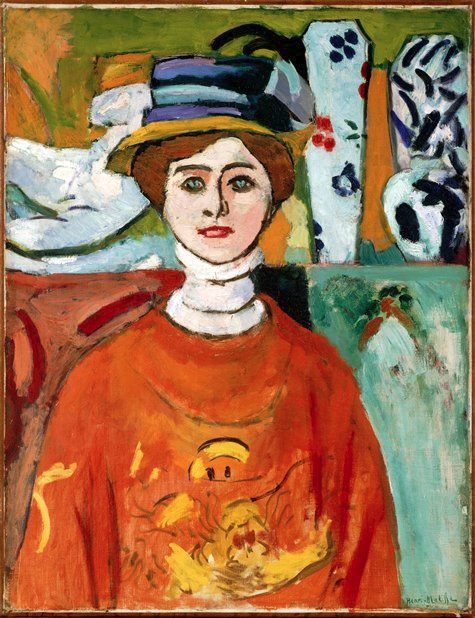
Matisse – The Girl with Green Eyes. SF MOMA collection.
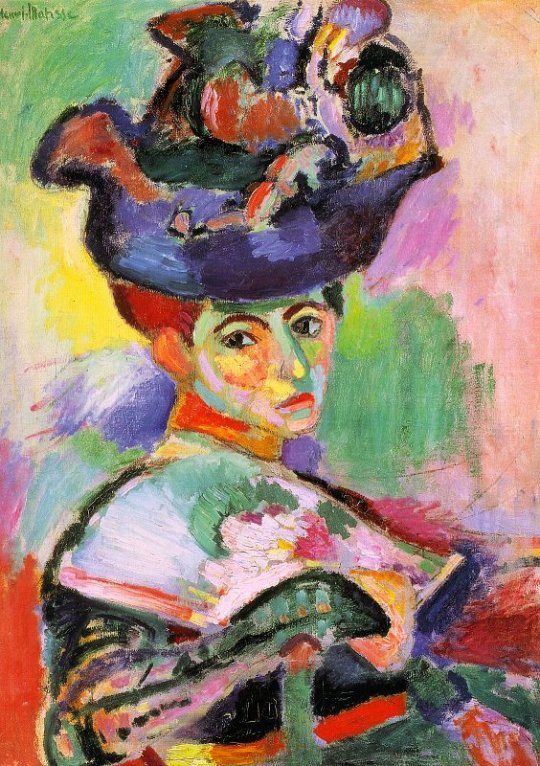
Matisse – Woman with Hat. SF MOMA collection.
It’s amusing to learn about the ridicule critics laded on these works, having done the same to the impressionists not 30 years earlier. That’s what so distinguishes the Steins’ collections. They did not have great wealth, just great taste, and did not need anyone to tell them what to like. When you look at some of the great Robber Baron collectors like Henry Clay Frick (now in his mansion on 5th Ave, NYC – the collection, not the man) and Charles Tyson Yerkes (dissipated by creditors) they were all professionally advised. Someone had to tell them what was good. Figures, I guess.
The exhibition is large, but then so were the Steins’ collections. Half way through you can pop out on MOMA’s balcony and take a breather.
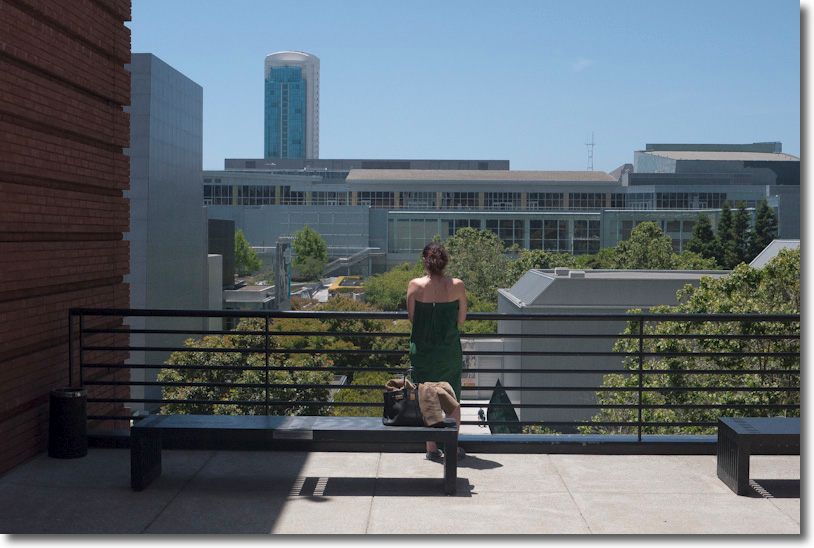
MOMA’s balcony. G1, kit lens.
Strongly recommended, even at $25 to get in. Despite going on a weekday, the place was full, so weekends are likely not much fun. The $250 annual membership option at SF MOMA almost makes sense, as it includes private ‘members only’ viewings of great shows like this. I would think that means fewer people crassly stepping in front of you when you are trying to enjoy a canvas on the wall.
If you want a fine biography of the American expatriate set in early twentieth century Paris, I recommend James Mellow‘s ‘Charmed Circle’. It’s out of print, but mine ran me all of $1 from Alibris.com. Or for more fun, just catch Woody Allen’s latest masterpiece ‘Midnight in Paris‘ where you can join Owen Wilson, transported back in time, to Gertrude’s salon at 27 Rue de Fleurus. A light as air confection, it’s every bit as enjoyable and amusing as the work of the artists the Steins supported.
